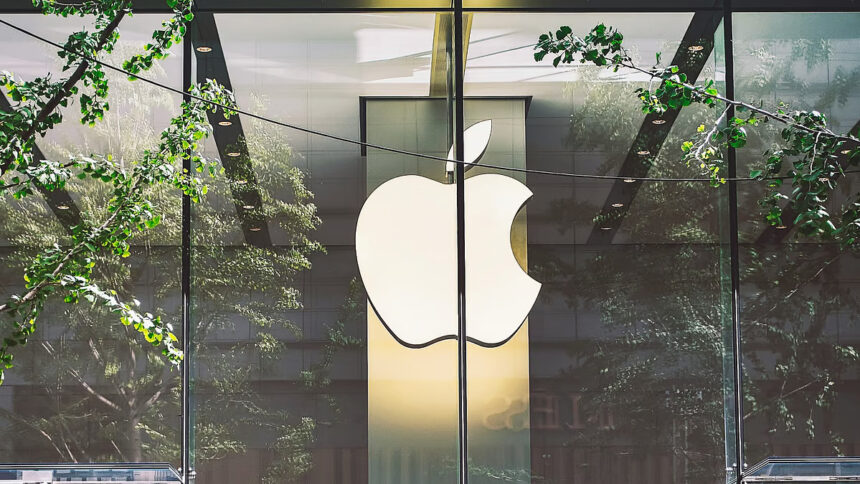Apple’s not playing around when it comes to avoiding President Trump’s new tariffs on imported goods. With the U.S. now slapping a 54% tariff on Chinese imports and 26% on Indian goods, Apple is shifting gears to keep costs under control. And by shifting gears, I mean they’re seriously ramping up production in India.
According to recent reports, Apple plans to manufacture about 25 million iPhones in India this year, with around 10 million of those units staying in the local market. The rest? They’re being shipped straight to the U.S. to cushion the impact of these wild tariffs.
The company’s scrambling to keep prices steady. Just before the new tariffs dropped in early April, Apple airlifted five plane loads of iPhones and other products from China and India into the U.S. Talk about cutting it close. They’re not taking any chances.
If Apple pulls this off, India could end up supplying nearly 50% of America’s iPhone demand by 2025. That’s a pretty big deal. But here’s the thing; the tariff on Chinese goods alone could add around $300 to the production cost of an iPhone 16 Pro. Right now, it costs Apple about $550 to make one of those, which they sell for $1,100. Throw in the tariffs, and that price tag is going to feel a lot less comfortable.
The company’s shift to India isn’t just about avoiding tariffs. It’s part of a broader strategy to diversify manufacturing and reduce dependency on China. It’s no secret that Apple’s been under pressure to move production away from China for years now, and the new tariffs just gave them another reason to do it fast.
But the question remains: Will Apple pass these extra costs onto consumers, or just eat the losses? Considering that iPhones account for about 50% of Apple’s revenue, they’ve got some tough decisions to make.
This is also a wake-up call for other companies caught in the tariff crossfire. With the global trade changes getting messier by the day, Apple’s not the only one looking for a backup plan. It’s a classic case of adapt or get left behind.





